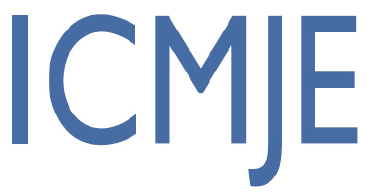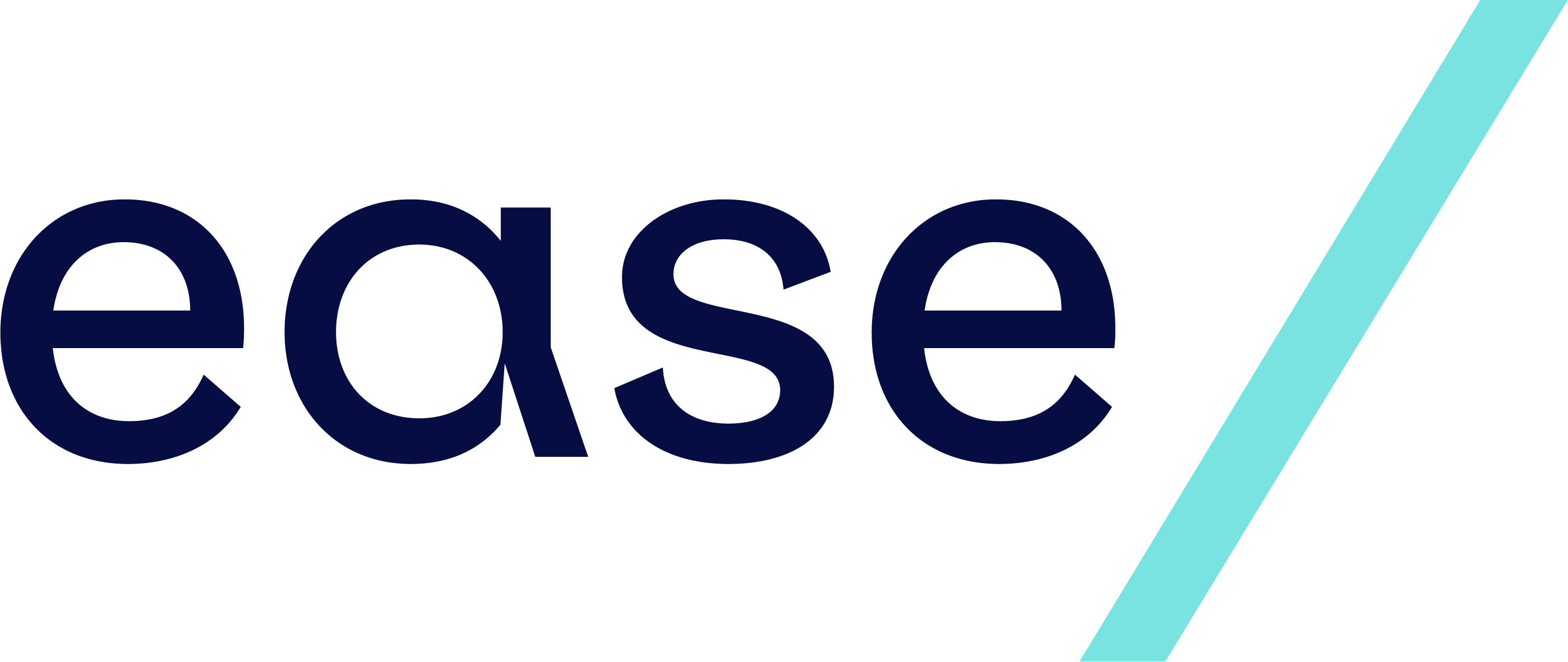




COVID-19 pandemisi ve karantinanın ergenlerde internet, akıllı telefon kullanımı ve duygusal-davranışsal sorunları üzerindeki etkileri: Boylamsal bir çalışma
Damla Eyüboğlu1, Murat Eyüboğlu1, Deniz Bayar1, Özge Tekeli1, Deniz Namıduru2, Nazlı Ece Ünal3, Büşra Ece Yavuz41Eskişehir Osmangazi Üniversitesi Tıp Fakültesi, Çocuk Ve Ergen Ruh Sağlığı Ve Hastalıkları Ana Bilim Dalı, Eskişehir2Eskişehir Şehir Hastanesi, Çocuk Ve Ergen Ruh Sağlığı Ve Hastalıkları Kliniği, Eskişehir
3Dr. Ekrem Tok Ruh Sağlığı Ve Hastalıkları Hastanesi, Çocuk Ve Ergen Ruh Sağlığı Ve Hastalıkları Kliniği, Adana
4Uludağ Üniversitesi Tıp Fakültesi, Çocuk Ve Ergen Ruh Sağlığı Ve Hastalıkları Ana Bilim Dalı,
GİRİŞ ve AMAÇ: Zorunlu sosyal izolasyona ve akıllı telefon, tablet ve bilgisayarla daha fazla vakit geçirmeye yol açan pandemi ve alınan tedbirler, gençleri duygusal ve davranışsal olarak olumsuz etkilediği görülmektedir. Bu çalışmada pandemi döneminde ergenlerin duygusal/davranışsal sorunlarını ve internet/akıllı telefon kullanım özelliklerini araştırmayı ve bulguları pandemi öncesi özelliklerle karşılaştırmayı amaçladık.
YÖNTEM ve GEREÇLER: Çalışmanın örneklemi 57 ergenden (27 erkek, 30 kadın) oluşmuştur. Veriler iki zaman aralığında toplandı: COVID-19 pandemisinden önce [T1] ve COVID-19 pandemisi sırasında [T2]. Tüm katılımcılar Güçler ve Güçlükler Anketi (SDQ), Young İnternet Bağımlılık Testi (YİBT), Akıllı Telefon Bağımlılığı Ölçeği-Kısa Versiyonunu (ATBÖ-KV) doldurdu.
BULGULAR: Sonuçlar, hem internet hem de akıllı telefon kullanım süresinin T2'de önemli ölçüde arttığını gösterdi (p< 0.001). SDQ ile ilgili olarak, duygusal semptomlar, hiperaktivite sorunları, prososyal davranış alt ölçekleri ve toplam zorluk skorları, T2'de T1'den önemli ölçüde daha kötüydü (p< 0.05). Ayrıca, YİBT ve ATBÖ-KV puanları ile SDQ davranış sorunları, hiperaktivite-dikkatsizlik alt puanları ve toplam zorluk puanları arasında anlamlı korelasyonlar bulundu (p<0.001). Son olarak, regresyon analizine göre hiperaktivite dikkatsizlik sorunları problemli internet kullanım riskini arttırmaktadır (P < 0.05).
TARTIŞMA ve SONUÇ: Covid-19 salgını sürecinde ergenlerde internet ve akıllı telefon kullanımının arttığını ve duygusal ve davranışsal sorunlarla ilişkisini objektif olarak gözlemledik. Bu nedenle henüz süresi belli olmayan pandeminin uzun vadeli etkilerine yönelik sağlık politikaları geliştirilirken bu sonuçlar dikkatle akılda tutulmalıdır.
The effects of COVID-19 pandemic and lockdown on internet, smartphone use and emotional-behavioral problems in adolescents: A longitudinal study
Damla Eyüboğlu1, Murat Eyüboğlu1, Deniz Bayar1, Özge Tekeli1, Deniz Namıduru2, Nazlı Ece Ünal3, Büşra Ece Yavuz41Department Of Child And Adolescent Psychiatry, Eskisehir Osmangazi University, Eskisehir, Turkey2Department Of Child And Adolescent Psychiatry, Eskişehir City Hospital, Eskişehir
3Department Of Department Of Child And Adolescent Psychiatry, Dr. Ekrem Tok Mental Health And Diseases Hospital, Adana.
4Department Of Child And Adolescent Psychiatry, Uludag University, Bursa, Turkey
INTRODUCTION: Young people had adverse emotional and behavioral effects due to the pandemic and restricted measures, which caused social isolation, spending more time online with smartphones, tablets, and computers. We aimed to investigate adolescents' emotional/behavioral problems and internet/smartphone usage features during this pandemic and to compare the findings with the pre-pandemic features.
METHODS: The sample consisted of 57 adolescents (27 males, 30 females). Data were collected at two-time intervals: before the COVID-19 pandemic [T1] and during the COVID-19 pandemic [T2]. All participants fulfilled the Strengths and Difficulties Questionnaire (SDQ), The Young’s Internet Addiction Test (IAT), Smartphone Addiction Scale-Short Version (SAS-SV).
RESULTS: The results indicated that both internet and smartphone use duration significantly increased at T2(P < 0.001). With regards to SDQ, emotional symptoms, hyperactivity problems, prosocial behaviors, and total difficulties subscales were significantly worse at T2 than T1 (P < 0.05). Additionally, significant correlations were found between IAT and SAS scores and SDQ behavioral problems, hyperactivity-inattention subscores, and total difficulties scores (P<0.001). Finally, according to regression analysis hyperactivity-inattention problems increased the risk of problematic internet use (P < 0.05).
DISCUSSION AND CONCLUSION: We objectively observed internet and smartphone use increase and relations with emotional and behavioral problems among adolescents during the outbreak of Covid-19. Therefore, these results should be carefully kept in mind while developing health policies for the long-term effects of the pandemic, whose duration is not yet known.
Makale Dili: İngilizce
(1473 kere indirildi)











